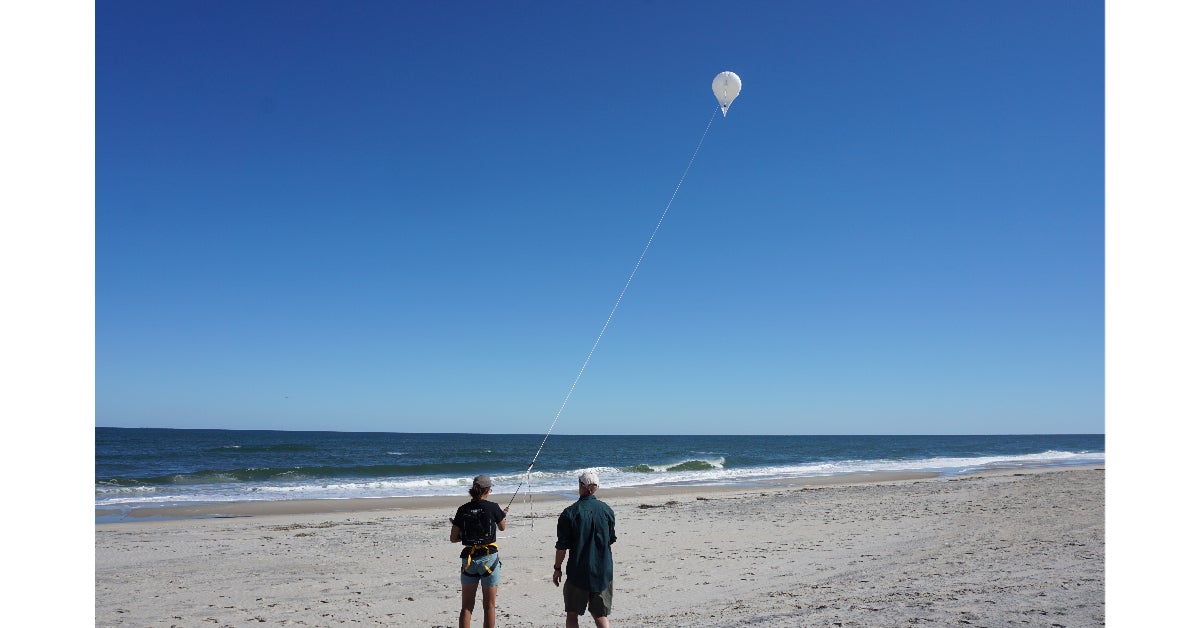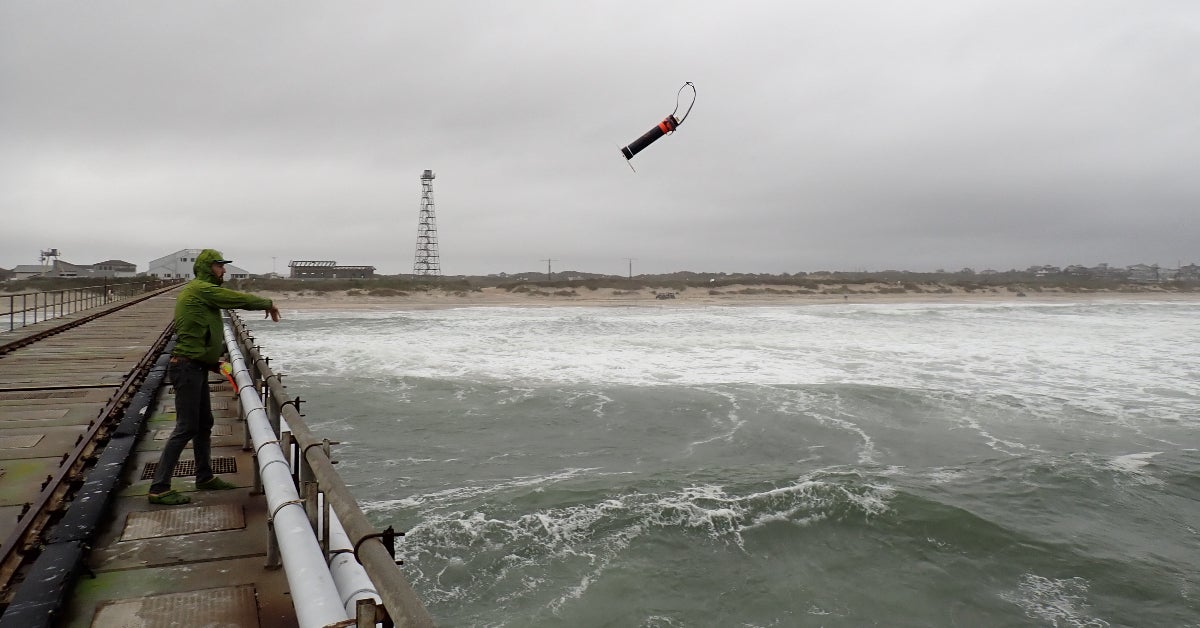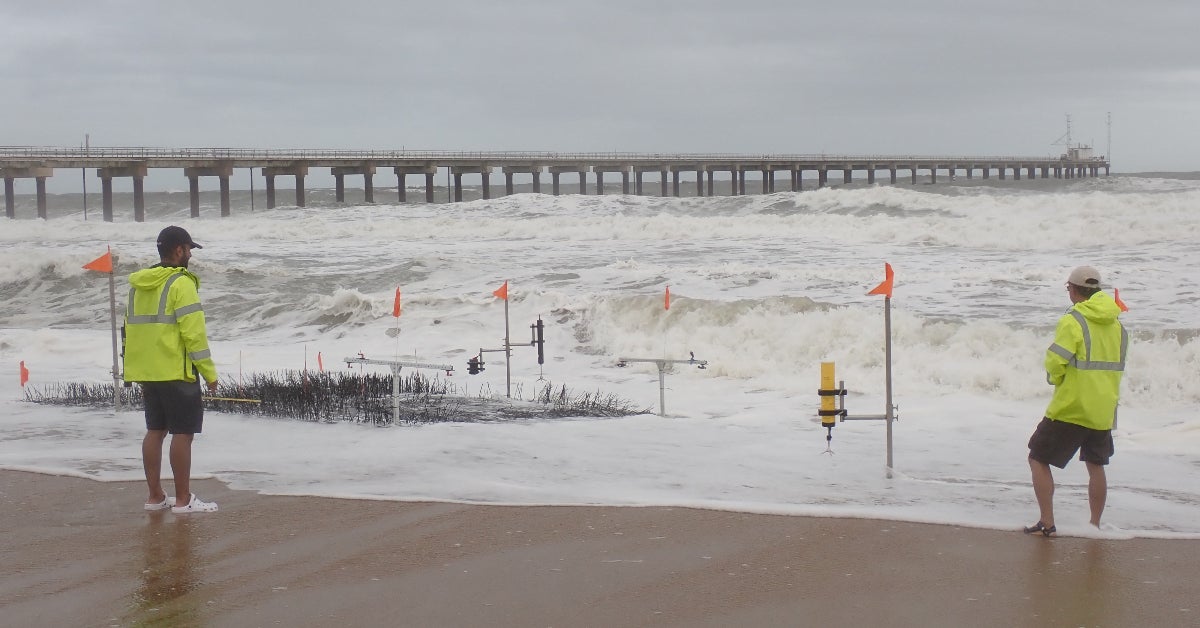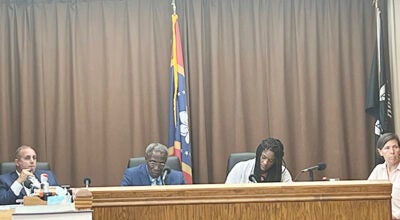Researchers analyze, share DUNEX data for coastal resiliency
Published 5:25 pm Thursday, June 1, 2023
ERDC’s Field Research Facility (FRF) in Duck, North Carolina, served as the central location for researchers to plan and execute their experiments. USACE researchers, along with other federal agency researchers and academic leaders, formed the DUNEX leadership team, which planned this multi-agency, multi-academic field experiment. Their responsibilities included providing logistical support, communications, hands-on training for early career researchers and data management, as well as participant coordination.
“The FRF is a coastal observatory and research facility that is part of the ERDC,” said Dr. Kate Brodie, a senior research oceanographer and technical manager with ERDC-CHL, who added that the facility was stood up in 1977. “It was originally developed to help us better understand how the environment responds to coastal storms making it a prime location for the collaborative DUNEX experiment. DUNEX will provide foundational datasets during extreme storms that will allow us to evaluate and develop better models for predicting how our coasts respond during extreme storms.”
DUNEX was conducted along the Outer Banks of North Carolina, beginning in fall 2019 with a pilot effort that allowed individual research groups to test and develop unique observational capabilities as well as strategies to enable their instruments to withstand extreme environments.
The main DUNEX experiment began in June 2021 and extended into winter 2022, with research scientists deploying state-of-the-art oceanographic instrumentation to capture data from any hurricanes or nor’easters that impacted the Outer Banks. Using their observational technologies during these events, federal agency and university researchers worked together — and continue to collaborate — to improve understanding and predictive capabilities of extreme storm processes and the impacts to the coast.
“It has been great to see the agencies most concerned with coastal erosion collaborating with academic researchers, with the common goal of understanding the processes that threaten our shores,” said Chris Sherwood, a research oceanographer with U.S. Geological Survey (USGS).
Because the physical processes that occur during extreme storm events exhibit different behaviors than average day-to-day conditions, researchers focused on collecting data during storm events. In doing so, the team hopes that understanding those extreme conditions will lead to better predictions of future storms’ effects. The comprehensive data sets collected include the changes that occur to the coastline during a storm itself — not just before and after the storm — and the forces driving that change, such as waves, currents and wind, which will inform strategies for short and long-term coastal resilience.
“Coastal storms — as we’ve seen with hurricanes over the last decade and also big nor’easters — can have devastating and long-lasting effects on coastal communities,” said Dr. Britt Raubenheimer, senior scientist with Woods Hole Oceanographic Institution. “It’s really important that we make measurements during the event if we want to understand what the impacts are of those storms.”
A total of 30 academic and federal research teams participated in the DUNEX main experiment, supporting more than 30 graduate students deploying over 300 instruments. The research teams were also supported by USGS and USACE researchers contributing aerial and lidar-based imagery and elevation data, both terrestrial and bathymetric as well as bathymetric surveys using the FRF’s Lighter Amphibious Resupply Cargo, or LARC.
Though each of the DUNEX projects had individual research goals, there were many collaborations and exchanges based on overlapping goals and research interests. Some projects focused on storm processes, impacts and/or recovery, while others focused their experimental measurements on improving numerical model predictions of physical processes during extreme events.
“We’re hoping that the data that we collect will be able to be used by other scientists,” said Sherwood. “All the data is pooled collaboratively, and we all are sharing what we learned at our DUNEX site with other DUNEX sites.
Researchers hope that the data collected during DUNEX will not only help coastal managers and communities but will encourage further collaboration and investigation into coastal processes for years to come.
The U.S. Coastal Research Program is a national coastal effort to coordinate federal activities, strengthen academic programs and address coastal community needs. To learn more about the organization, visit https://uscoastalresearch.org, or for more information on DUNEX, visit https://uscoastalresearch.org/dunex.








